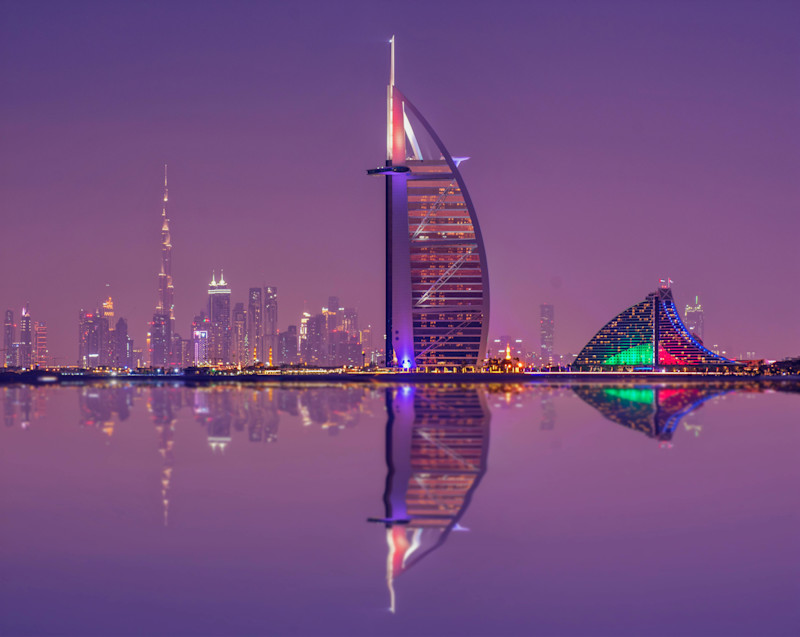
Blending the balance of feng shui, the elegance of arabesque style, and the boldness of modernism, architectural principles have been continuously evolving since the dawn of time, and Dubai is at the forefront of this transformation
Architecture is an ever-changing and fast-paced field, and architects are constantly seeking new ways to impress and fascinate people. The buildings that architects create reveal a lot about their personality and their environment. It is more than merely constructing living spaces, it is a form of storytelling. With the help of architectural principles, an architect can follow a more structured approach to crafting their incredible works of art.
From ancient Greek statues to modern towers such as the iconic Burj Khalifa, all structures can be broken down into basic architectural principles such as line, shape, form, colour, value, and texture. In this blog post, we will explore how diverse architectural principles such as feng shui, modern design, and arabesque styles influence the spaces in which we live and interact.
The Mystery of Feng Shui
The timeless wisdom of feng shui stems from an ancient Chinese principle that is still used to this day. Some of the foundations of feng shui found their roots more than 3,500 years before the invention of the magnetic compass. An ancient art form, feng shui is a geomancy (the art of placing or arranging buildings or other sites auspiciously) that literally means ‘wind-water’ and encompasses the belief that wind and water have the ability to direct the flow of the universe.
Historically, feng shui has been used to choose the orientation of constructions, homes, and places of spiritual significance, like tombs. However, in modern Western societies, it has been linked to interior design and how people can make their homes healthier and happier. Despite the majority of properties in Dubai being located in one of the busiest urban landscapes on earth, they can still embody ‘chi’—the vital life force central to feng shui.
Almal Real Estate Development’s ultra-luxury Harrisoni La Mer Villas in Dubai's La Mer South exhibit several design elements that align with feng shui principles, promoting harmony and positive energy flow. These striking seaside villas make residents feel at one with their surroundings, incorporating water features reminiscent of the traditional Falaj system, which not only pays homage to local culture but also introduces the water element—a key component in feng shui believed to attract wealth and prosperity.
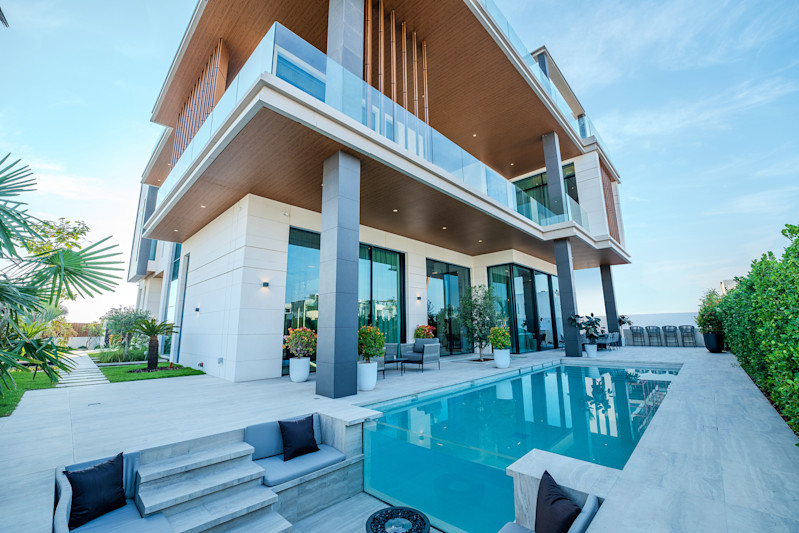
Additionally, other design elements such as custom teak wood and Greek marble flooring, as well as Lemra Natural Stone from Turkey, correspond to the earth and wood elements in feng shui, fostering stability and growth. Meanwhile, the villas’ horizon-inspired lines and a floating stairway create a sense of flow and openness, allowing the uninterrupted flow of chi.
The Simplicity of Modernist Architecture
The end of the 19th century saw the birth of modernist architecture due to advancements in technology, engineering, and building materials. Modernist architects were also looking to break free from historical architectural styles and begin anew with something that was far more functional. This modernist architectural movement has profoundly influenced contemporary structures, following a general rule of ‘form follows function’ that incorporates modern materials such as glass, steel, and concrete.
Dubai is a hotbed of modernist architecture, with Address Beach Resort being a prime example of this style gloriously taking shape. The futuristic façade of this iconic landmark is made entirely out of glass, which is one of the key materials in modernist architecture that is utilised to add a layer of modernity to its appearance. The structure itself consists of two towering vertical volumes that rise symmetrically, connected at the top by a horizontal bridge-like structure that houses the world’s highest infinity pool.
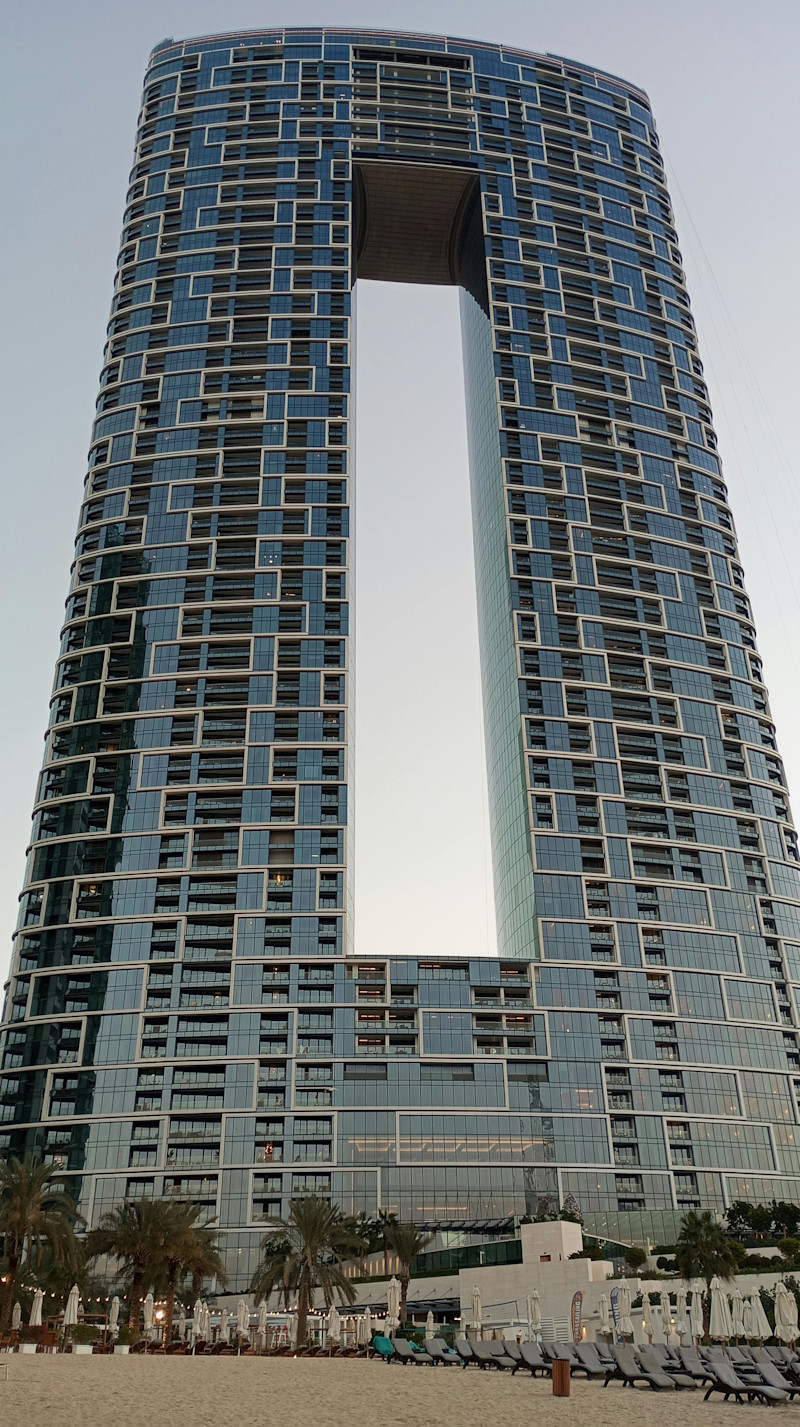
Meanwhile, Mr C Residence Jumeirah, a breathtaking project by Alta Real Estate Development in Dubai, is renowned for its captivating architecture inspired by contemporary European elegance and designed by the famous Ignazio and Maggio Cipriani. This piece of art takes its inspiration from the curvaceous, natural forms of desert dunes and ocean waves, while the interiors mimic the luxury and sophistication you would expect on a private yacht. The Italian designers of this residence showcase the true finesse behind modern architectural principles, blending the freedom of experimentation with curvilinear geometries.
The Arabesque Effect
The arabesque style is commonplace in Dubai, guided by intricate, rhythmic patterns often inspired by foliage, flowers, and other organic themes. The principles of arabesque are commonly used alongside other design elements to create a harmonious and visually captivating aesthetic. Arabesque architecture is rooted in Islamic art and architecture, reflecting the non-figurative nature of Islamic artistic traditions.
As one of the most architecturally and technically advanced buildings in the world, it may come as a surprise that the design of the Burj Khalifa is rooted firmly in the heritage of Dubai and the region. Its stepped, spiralling form is a nod to traditional Middle Eastern architecture, while the intricate interlocking circles in its design echo Islamic geometric patterns. Even the landscape around it mirrors these influences, with abstracted forms from the tower shaping the gardens at its base.
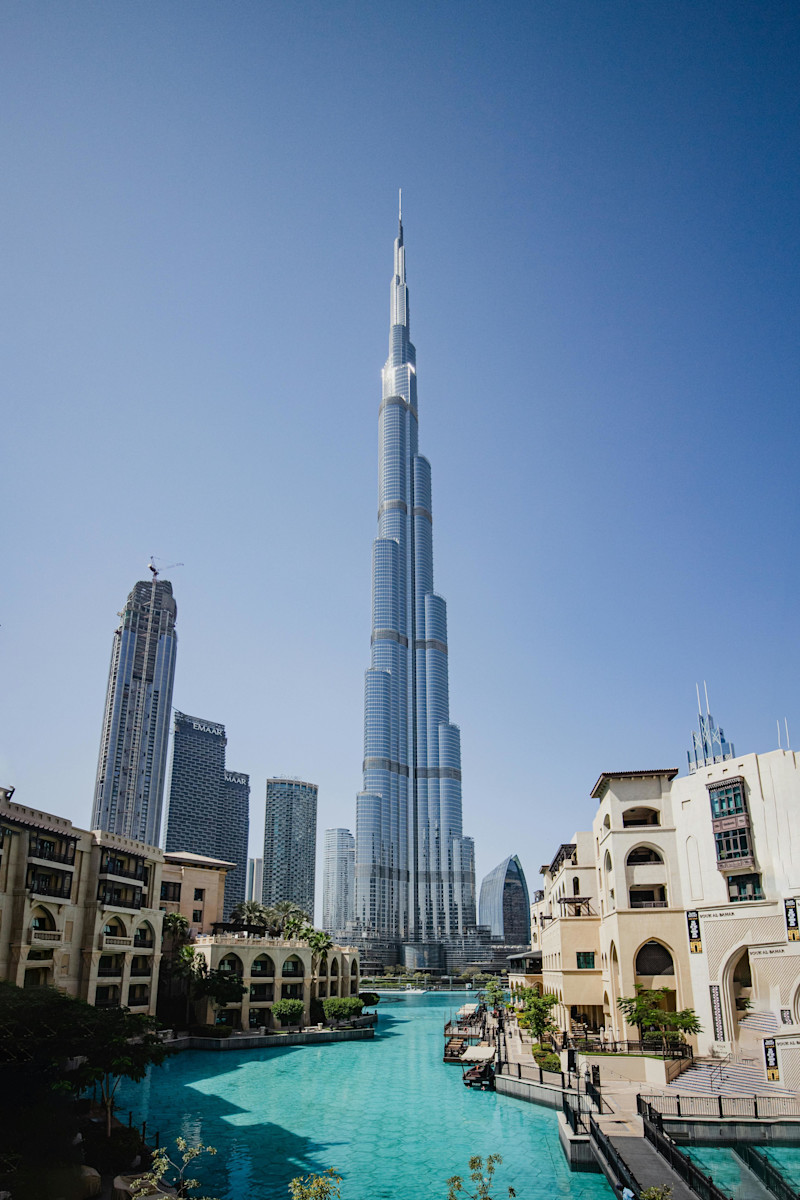
Look a little closer, and you’ll spot even more heritage-inspired details woven into this sky-high marvel. The observation deck on the 125th floor, for example, features mashrabiya-carved latticework, a classic element of Arabic architecture. As for its iconic three-petal footprint, it’s inspired by the spider lily, a desert bloom that also thrives in the gardens surrounding the tower, proving that even the tallest building on Earth stays grounded in tradition.
An example of a hotel that incorporates the Arabesque style in the modern world is Address Jabal Omar Makkah. A truly unique hotel concept where modern sophistication meets the sacred vistas of the Holy City, its usage of screens with mashrabiya-inspired designs and ornamental latticework in windows and walls offers privacy and shade in addition to aesthetic appeal.
Designed by Foster & Partners, the two towers stretch across more than 5,000 sqm of prime space. These skyscraping beauties can be spotted from miles away, proudly showcasing their contemporary twist on the region’s treasured heritage. As the cherry on top of this architectural marvel, the interconnecting bridge houses Sky Mussallah, soaring 483 meters above sea level and recognised by Guinness World Records as the ‘Highest Prayer Room Within a Skybridge’.
2025 and Beyond: What’s Next for Architecture
As the years progress and tastes change, architecture still has a lot to offer, with the eye-catching structures in buzzing cities all over the world, especially in Dubai, becoming increasingly creative. Although some of these concepts, such as feng shui and arabesque, can be considered old or even ancient, old is gold and history often repeats itself, bringing a classy and sophisticated approach back to modern architecture.
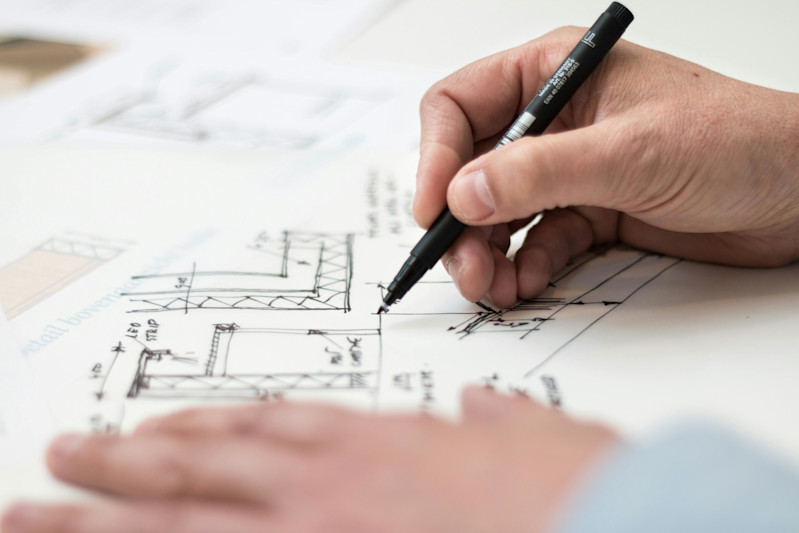
Looking ahead to the future of architecture, the principles that will likely dominate will depend on global cultural, environmental, and technological trends. A more modern approach full of minimalism and freedom of experimentation might take hold more prominently, whilst the more environmentally conscious consumer of today might have us seeing more buildings using eco-friendly materials such as glass in the future.
Modern does not mean forgetting your roots. To create places that are both practical and culturally sensitive, architects may ultimately take a hybrid approach, fusing aspects of modernism, feng shui, and cultural aesthetics such as arabesque. The future is bright for this bustling field, who knows what the next architectural boom might have in store.
For more related updates and to Katch us covering similar topics, watch this space!
Katch our game-changing PR and Communications, Social Media, Branding and Design, Brand Consultancy, Digital Marketing, and Global Communications services to help your brand make noise. Get in touch with our 360-Marketing agency in Dubai, Qatar, Saudi Arabia, and London, and let’s get the conversation started!
